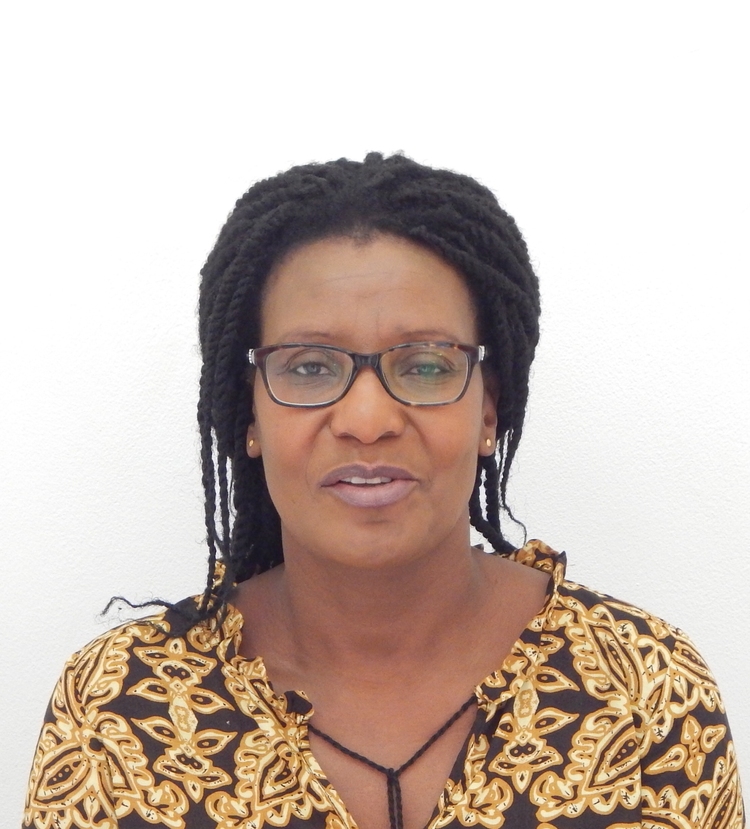
The Sunday Mail

Dr Christine Peta
Disability Issues
DISABILITY differs with people.
Some have one type of disability while others have two or more. This week, we are going to focus on children who have two or more types of disabilities.
Deafblindness
A child who is deafblind is both deaf and blind. Terms such as dual sensory loss or combined vision/hearing loss are in some instances used in place of deafblindness.
The time a child becomes deaf or blind makes a difference in relation to the pace at which they develop. If a child becomes deaf at a time when he or she may have learnt a particular type of language, it becomes easier for them to learn a new language like sign language. If a child becomes blind after having learnt to move from one place to the other and learning different things, and understanding certain concepts, it may be easier for them to learn new ways of doing things such as using braille, compared to those who are both deaf and blind from birth.
Being deafblind may happen during pregnancy, through a syndrome or condition that is inherited or a disorder of the chromosomes that may happen during the early days of the development of the foetus, as well as injuries that may affect the foetus while it is in the uterus, or when the woman comes into contact with a certain virus or disease that affects the foetus.
Childbirth processes may also result in one becoming deafblind, when a premature baby is born or due to lack of oxygen.
Some children may become deafblind after they have been born due to direct injuries of the eyes and ears, brain injury or illnesses caused by viruses.
Being deafblind may also happen later on in life due to eye and ear injuries or brain injuries arising from car accidents or the natural process of ageing; some hereditary conditions may not show until later on in life.
Blind children who also have physical disabilities
Some children who are blind may also have physical disabilities.
For example, muscular dystrophy, spina bifida and cerebral palsy often come with loss of sight. The entire body of a child may be affected, but in some instances, a child may be able to use his or her legs or arms or only half of his or her body.
Some children with physical disabilities use wheelchairs, walkers or crutches but others may walk on their own without any form of assistive device.
When children are able to see, their attention is captured by colours or objects such as fruits, balls, dolls and toys. What then motivates blind children to explore their surroundings through crawling or walking if they are unable to see what is going on around them?
There is a need for family members to be creative in terms of finding things that can motivate blind children to move. For example, placing some objects close to the child and assisting them to move towards the items may contribute towards enhancing the development pathways of the young one.
Blind children with learning disabilities
Some children may be blind and, at the same time, have learning disabilities that affect them in writing, reading, spelling or understanding mathematical calculations.
It may, therefore, be hard for a teacher to tell if the learning challenges that a child is experiencing are a result of learning disabilities or of being blind.
However, the fact that a blind child has a learning disability does not mean he or she will fail in all of his or her studies. Such a child may do well in some school subjects and struggle with others.
Way forward
When parents, guardians or caregivers notice that a child has dual disabilities, there is need to seek a proper diagnosis through a multipronged approach.
For example, there may be need to consult both an occupational therapist, and a speech and language therapist in order to get an understanding of each type of disability and to obtain guidance on how best to support the child so that he or she may reach his or her maximum level of development and potential.
Dr Christine Peta is a disability, public health, policy, international development and research expert. She is the national director of Disability Affairs in Zimbabwe. She can be contacted on: [email protected]




